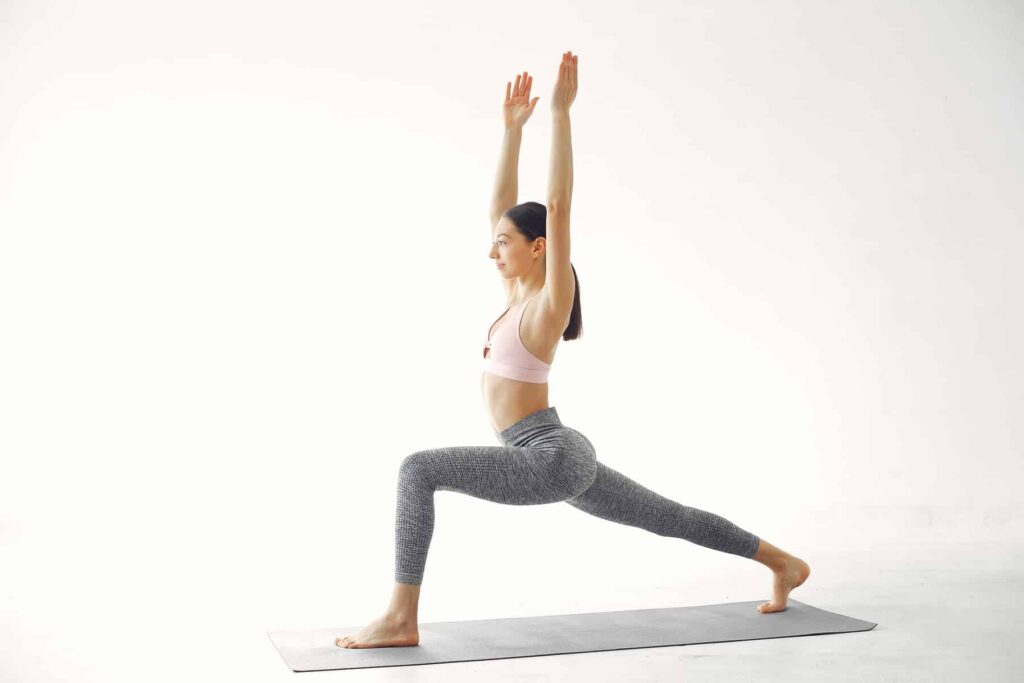Embarking on a yoga teacher training in Bali journey is a transformative experience that deepens your practice and equips you with the skills to guide others on their yoga path. And what better place to embark on this journey than the enchanting island of Bali? With its spiritual ambiance, natural beauty, and vibrant yoga community, Bali offers the perfect setting for an unforgettable YTT experience. In this blog, we will outline six essential steps to help you plan the ultimate yoga teacher training in Bali.
Step 1: Research and Choose the Right Yoga Teacher Training Program
Begin by researching reputable yoga teacher training programs such as a 200 or a 300 hour yoga course in Bali. Look for programs that align with your interests, goals, and preferred yoga style. Consider factors such as program duration, curriculum, experienced teachers, accreditation, and reviews from past participants. Ensure that the program meets the Yoga Alliance standards if you intend to become a registered yoga teacher (RYT). Take the time to evaluate multiple options and choose the program that resonates with you.
Step 2: Select the Ideal Location in Bali
Bali offers a variety of locations for yoga teacher training, each with its own unique charm. Ubud, known as the cultural heart of Bali, is a popular choice due to its tranquil atmosphere, lush rice terraces, and spiritual energy. Seminyak and Canggu, on the other hand, offer a vibrant and lively beachside vibe, attracting a diverse yoga community. Consider the ambiance, accessibility, and amenities of each location and select the one that suits your preferences and needs.
Step 3: Plan Your Accommodation
Once you have chosen the location, it’s time to plan your accommodation. Many schools that offer yoga teacher training in Bali have package deals that include accommodation, while others require you to arrange it independently. Consider factors such as proximity to the training venue, budget, comfort, and the availability of facilities such as yoga studios and serene spaces for personal practice and reflection. Bali offers a range of options, from budget-friendly schools to luxurious resorts, ensuring there’s something for everyone.
Step 4: Prepare Your Finances and Travel Documents
Planning your finances and travel documents well in advance is crucial for a smooth and stress-free YTT experience. Research visa requirements and ensure that your passport is valid for at least six months beyond your intended departure date. Look into the cost of the YTT program, accommodation, flights, meals, and any additional expenses such as transportation and excursions. Create a budget and consider setting aside some extra funds for unforeseen circumstances or personal indulgences.
Step 5: Pack Mindfully
Packing mindfully for your 200. 500, and 300 hour yoga course in Bali to ensure you have everything you need for a comfortable and enriching experience. Along with your yoga clothes and mat, consider packing essentials such as a reusable water bottle, mosquito repellent, sunscreen, comfortable walking shoes, a journal for self-reflection, and any necessary medications. It’s also a good idea to bring a sarong or modest clothing for temple visits or spiritual ceremonies. Don’t forget to check the weather forecast for Bali during your stay to pack appropriate clothing.
Step 6: Immerse Yourself Fully in the Experience
Once you arrive in Bali, it’s time to immerse yourself fully in the YTT experience. Embrace the sacredness of the journey, be open to learning, and stay present throughout the training. Take advantage of the opportunities to deepen your practice, ask questions, and connect with your teachers and fellow trainees. Explore Bali’s natural beauty, indulge in its vibrant culture, and nourish yourself with nutritious local cuisine. Allow yourself to be fully present, absorb the teachings, and let Bali’s enchanting energy guide you on your YTT journey.
Top Yoga Styles to Choose from During a Yoga Teacher Training in Bali
When embarking on a yoga teacher training in Bali, you’ll have the opportunity to explore and delve into a variety of yoga styles. Bali’s vibrant yoga community offers a range of options to suit different preferences and goals. Here are some of the top yoga styles you can choose from during your training:
Hatha Yoga: Hatha yoga is a foundational practice that focuses on postures (asanas) and breath control (pranayama). It emphasizes aligning the body, mind, and breath, promoting balance, strength, and flexibility. Hatha yoga classes in Bali often incorporate traditional elements and provide a solid grounding for aspiring yoga teachers.
Vinyasa Yoga: Vinyasa yoga is a dynamic and flowing style that synchronizes movement with breath. It involves smoothly transitioning from one pose to another, creating a continuous and rhythmic practice. Vinyasa classes in Bali offer a variety of sequences, allowing you to explore different movements, sequences, and creative expressions.
Yin Yoga: Yin yoga is a slow-paced and meditative practice that targets the deep connective tissues of the body through long-held, passive stretches. It cultivates a sense of surrender, patience, and introspection. Yin yoga classes in Bali provide a space for relaxation, deep stretching, and inner reflection.
Ashtanga Yoga: Ashtanga yoga follows a specific and rigorous sequence of postures, combining breath, movement, and drishti (gaze). It is a physically demanding practice that builds strength, flexibility, and endurance. Ashtanga yoga classes in Bali offer the opportunity to explore the traditional Mysore-style self-practice or led classes with a teacher guiding you through the series.
Kundalini Yoga: Kundalini yoga is a spiritual practice that combines dynamic movements, breathwork, chanting, meditation, and mantra repetition. It aims to awaken and channel the dormant energy within the body, promoting self-awareness and transformation. Kundalini yoga classes in Bali provide a unique and profound experience of connecting with the energetic aspects of yoga.
Restorative Yoga: Restorative yoga focuses on relaxation and rejuvenation. It utilizes props to support the body in gentle, comfortable poses held for an extended period. Restorative yoga classes in Bali offer a nurturing and healing experience, allowing you to release tension, restore balance, and cultivate deep relaxation.
AcroYoga: AcroYoga combines yoga, partner work, and acrobatics, creating a playful and interactive practice. It cultivates trust, communication, and connection between individuals. AcroYoga classes in Bali provide a joyful and uplifting experience, allowing you to explore the fusion of yoga, acrobatics, and Thai massage.
These are just a few of the many yoga styles available during a yoga teacher training in Bali. Each style offers unique benefits and experiences, allowing you to deepen your practice and expand your teaching repertoire. Whether you prefer a dynamic and challenging practice or a gentle and meditative one, Bali’s yoga community has something to offer for every aspiring yoga teacher.



